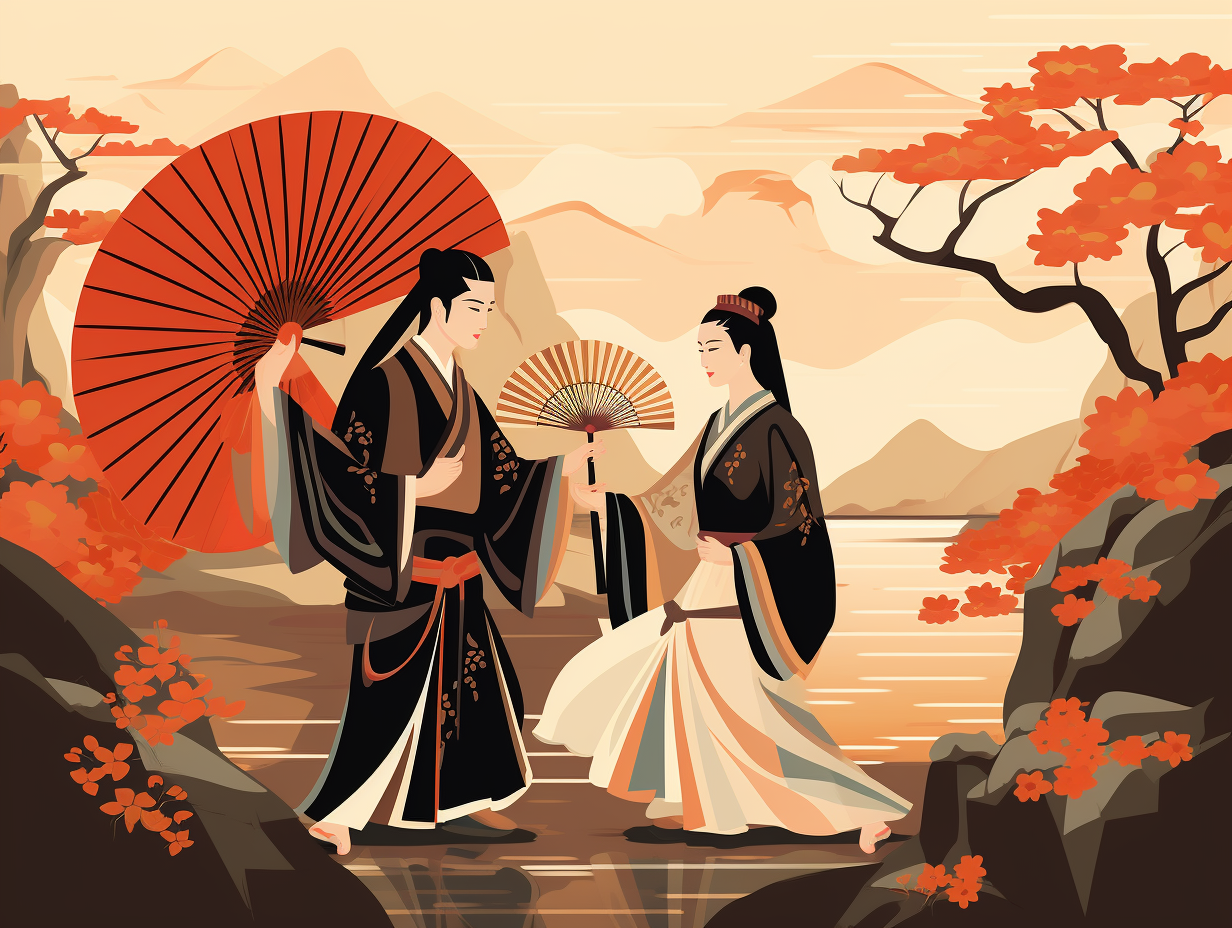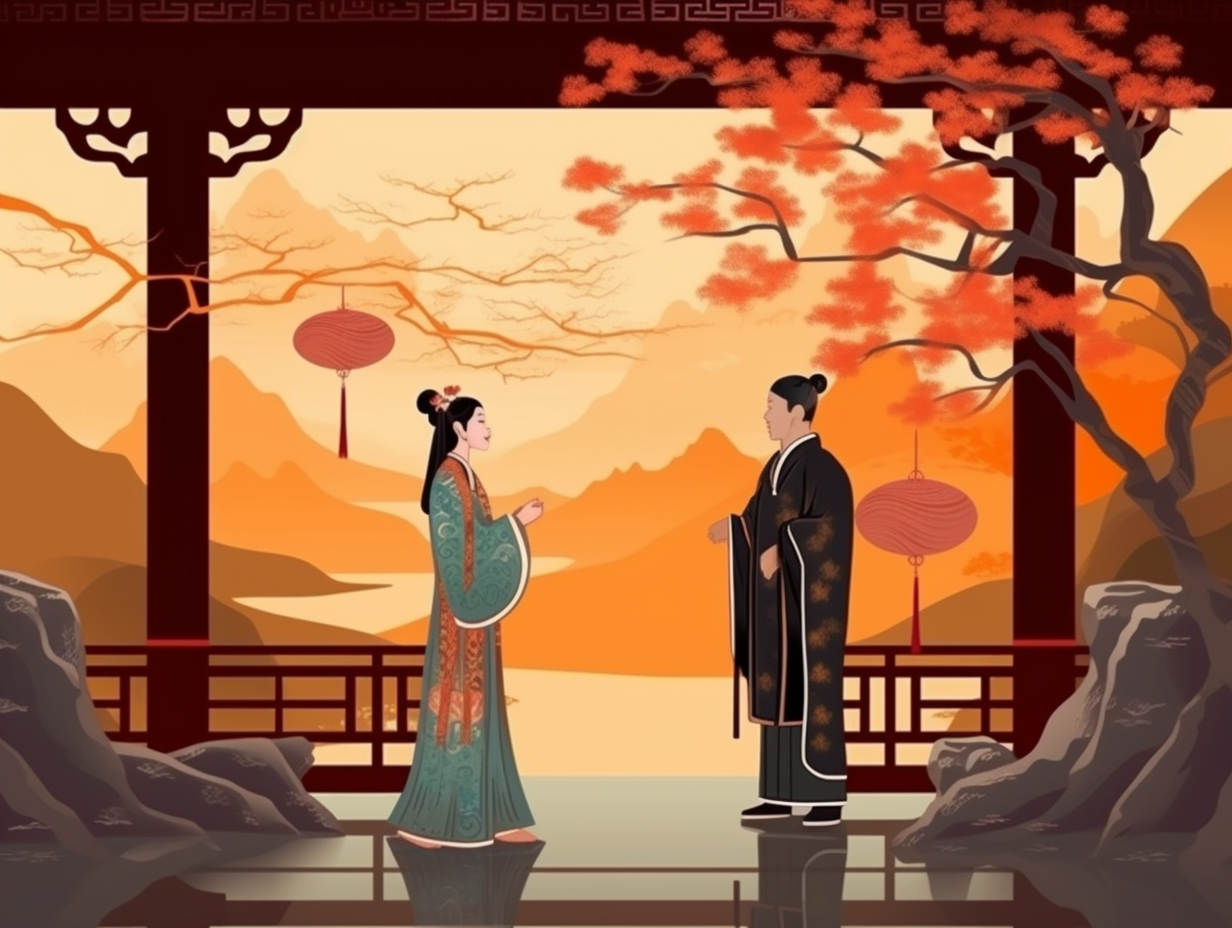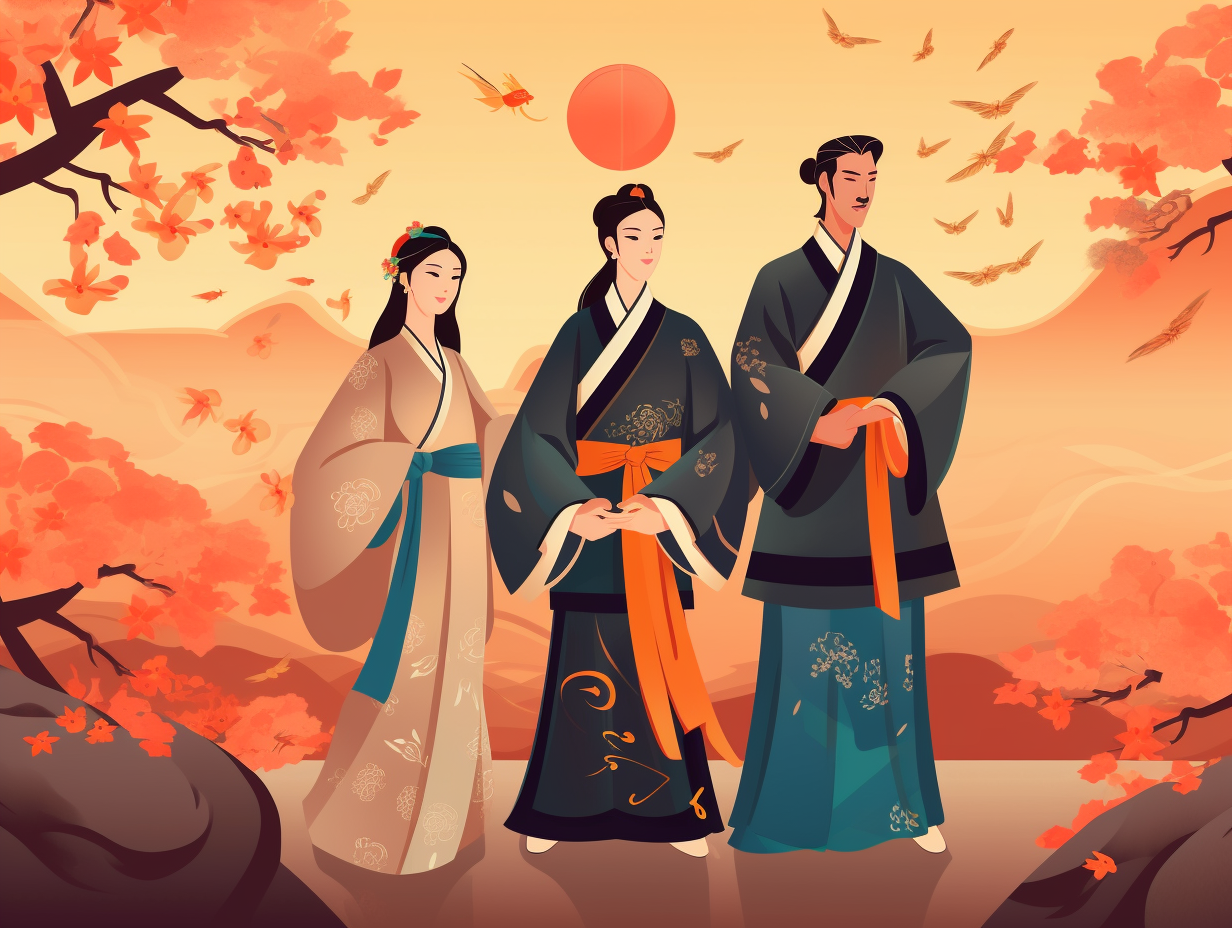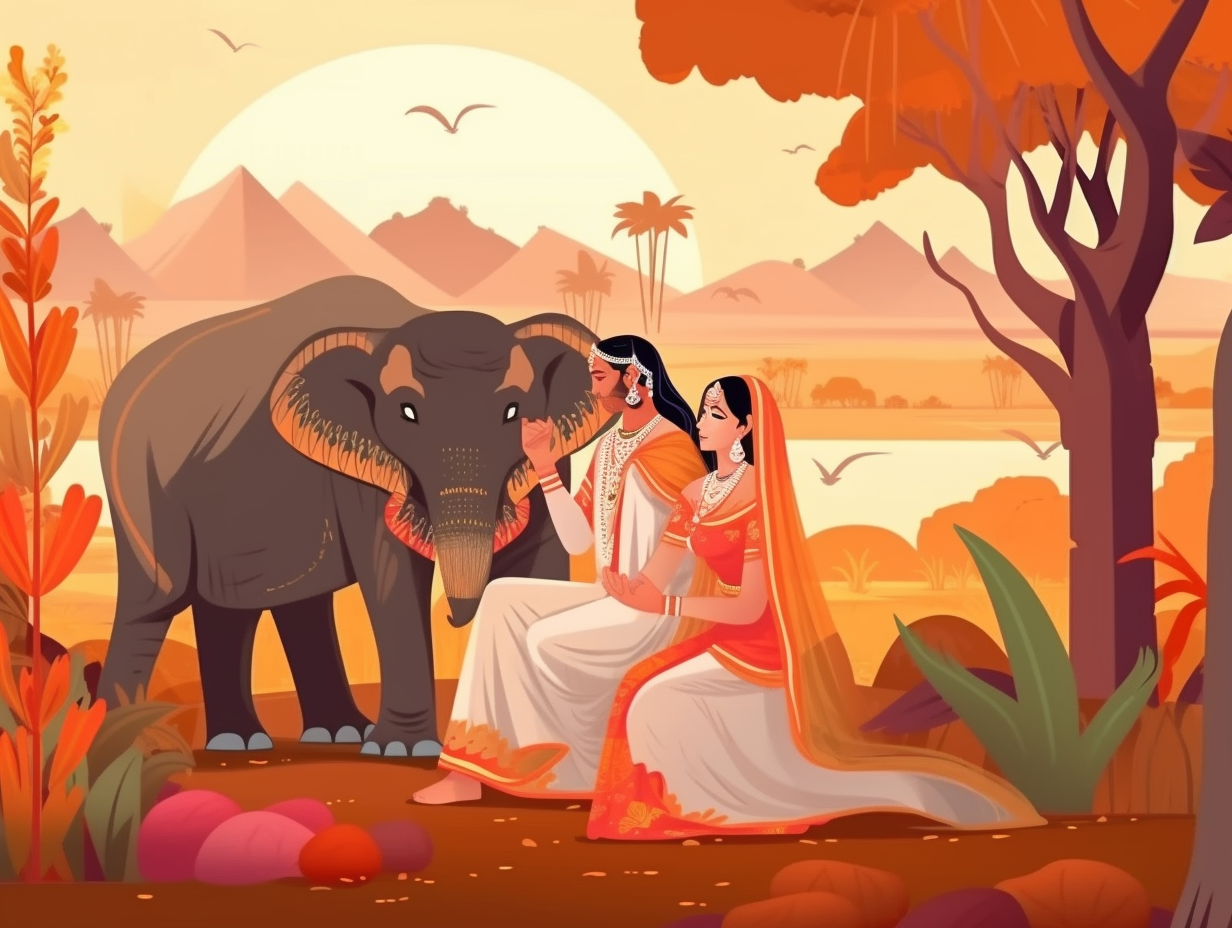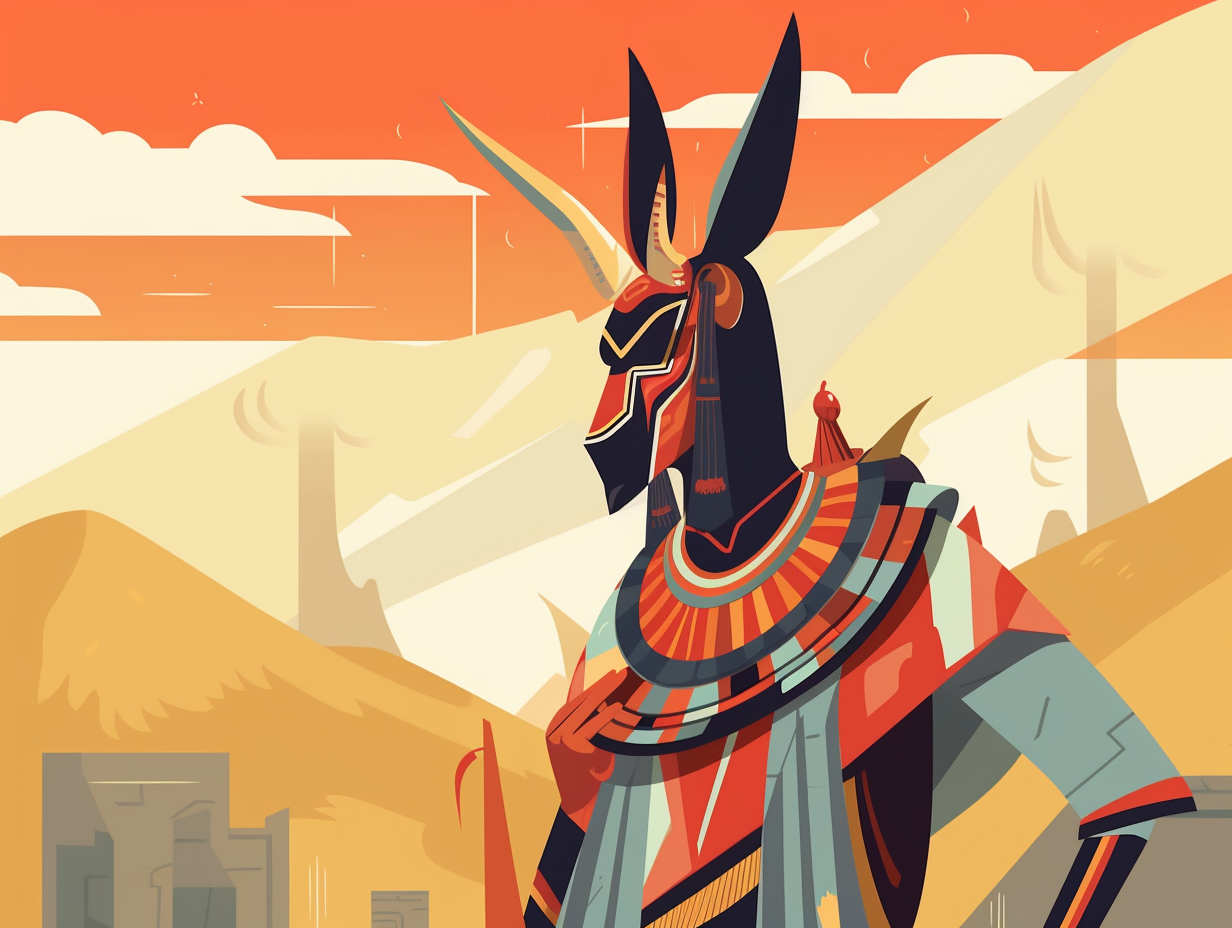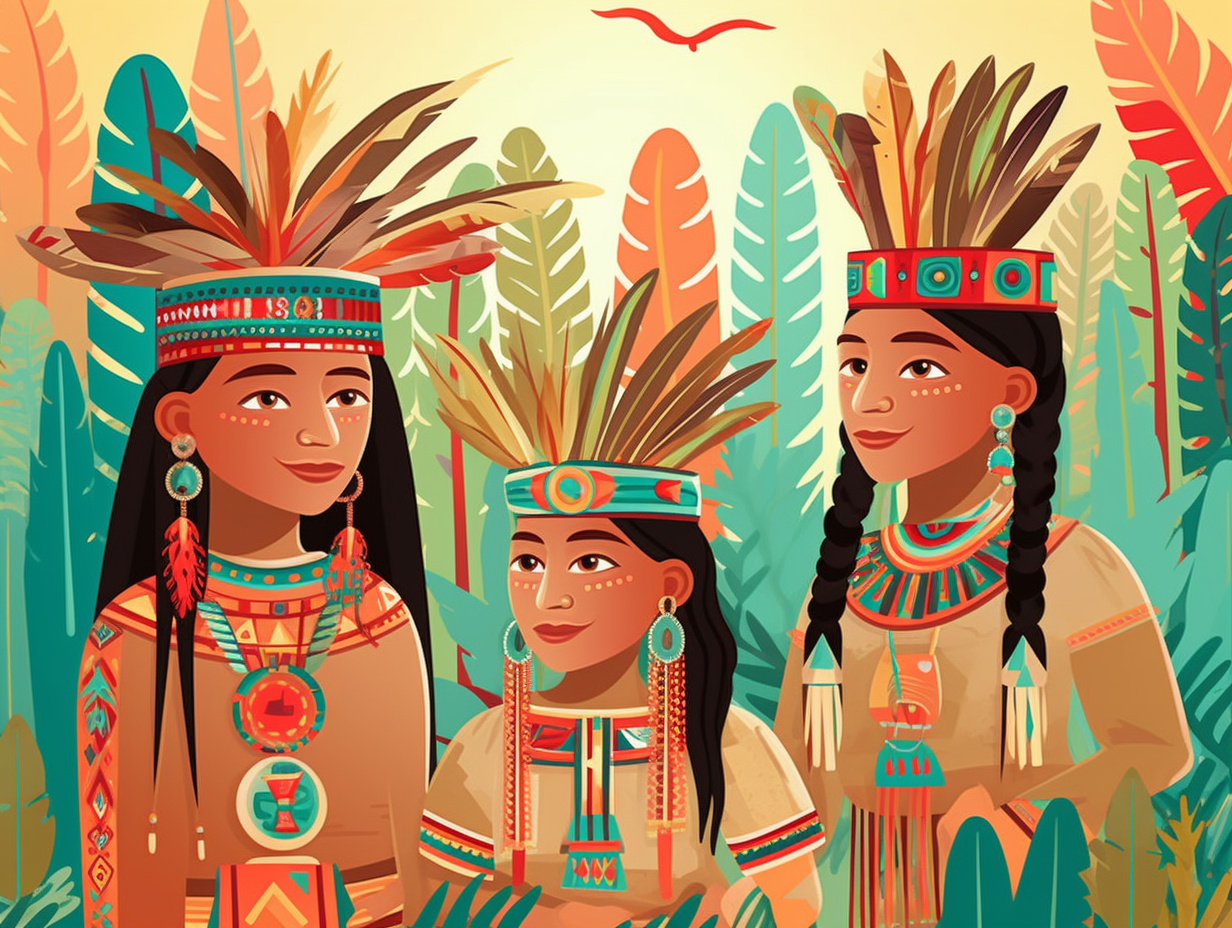Discover the Top 9 Entertaining and Surprising Fun Facts About Ancient China!

1. Fortune-tellers Missed GPS
Did ancient Chinese fortune-tellers predict the rise of GPS and Google Maps? Apparently, they were off by only a few centuries: The compass, invented during the Han dynasty, was originally used for geomancy and fortune-telling before its application in military and maritime navigation. Made of lodestone, the compass transformed into iron needles until finally it became the age-old invention that helped humans explore the world, empowering the Age of Discovery.
Source => en.wikipedia.org
2. Chariot Swap: Horseback Heroes
Chariots? Ain't nobody got time for that! Ancient China swapped their four-wheelers for horseback heroes: As a game changer, cavalry units started taking over battlefields around the 4th century BCE, outpacing chariots in speed and maneuverability, and shifting military strategies and investments in fixed defenses throughout the Han period. Before you knew it, chariots became so yesterday!
Source => worldhistory.org

Did you know the Shang Dynasty aristocrats enjoyed a wide variety of meats, including horse, cow, chicken, sheep, deer, and fish? However, one popular animal never made it to their dinner tables – find out which one on our fun facts page! 🍖 🐟 🐘
=> Fun Facts about The-Shang-Dynasty
3. Ancestral Happy Hour
Who needs a time machine when you can drink your way to the past? Step right up and enjoy the ancient Chinese happy hour: Around 9,000 years ago, the Chinese concocted a fermented rice, honey, and fruit beverage that was served in lavish bronze vessels during elite burials. Used for funerary ceremonies, this unique tipple helped people communicate with their ancestors and gods via a well-lubricated otherworldly connection!
Source => sciencedaily.com
4. Ancient Oral Hygiene Obsession
Before there was dental floss and minty-fresh mouthwash, folks in ancient China were pretty hog wild about oral hygiene: The first toothbrush was invented during the Tang Dynasty (619-907 AD) using a bamboo or bone handle and bristles made from the coarse hairs of a Siberian hog or horse, while the chew stick, dating as far back as 3500 BC, was their favored method for simultaneously clobbering cavities and banishing bad breath.
Source => southogdensmiles.com
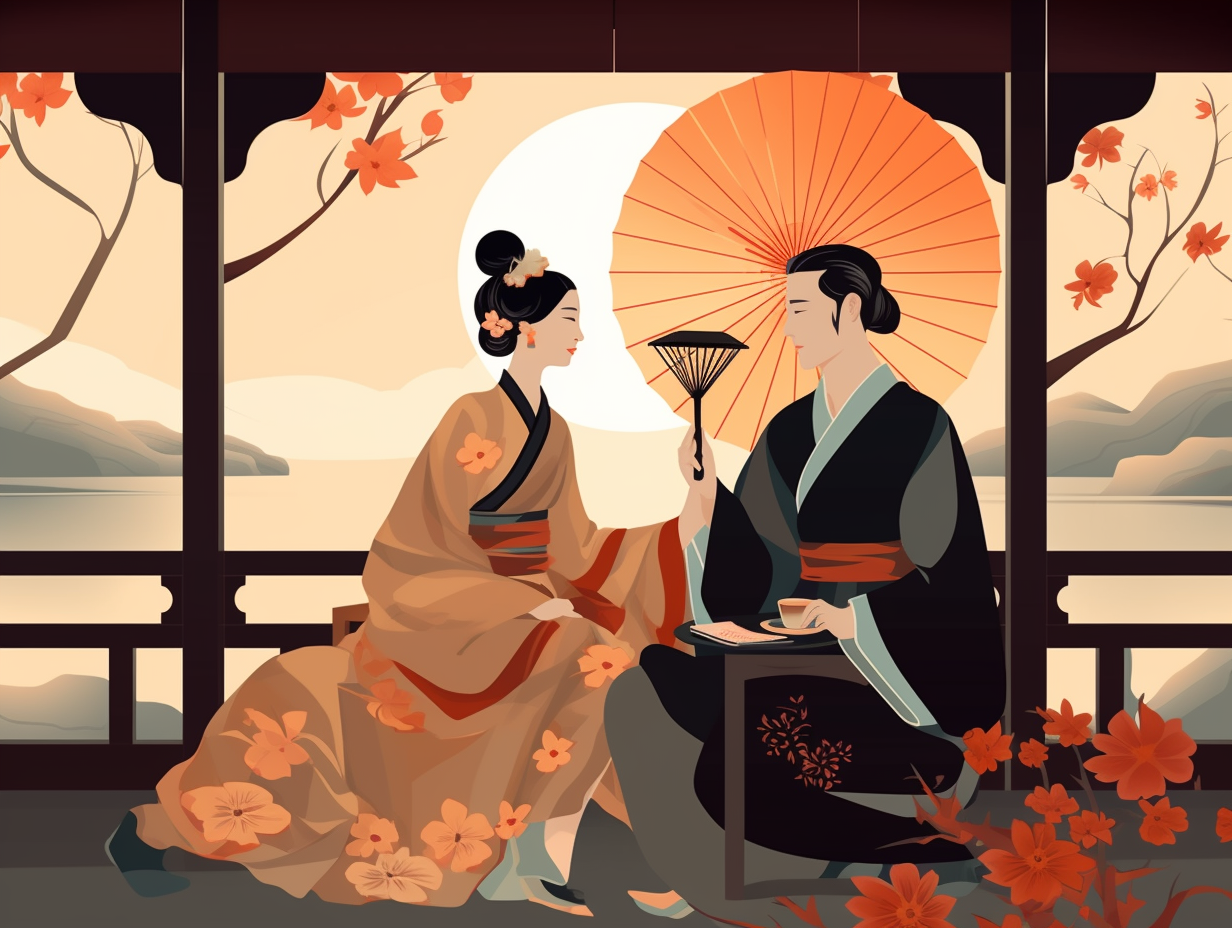
5. Millennia-Old Fashion Contest
Who wore it best, a millennia-old contest: Hanfu, the traditional attire of Han Chinese, was the real ancient influencer as it not only fashioned a range of representative styles like ruqun and shenyi, but also inspired neighboring cultures like Korean hanbok, Vietnamese áo giao lĩnh, and even some Western trends, making silk the "it" fabric for the elite and hemp or ramie the sustainable choice for commoners.
Source => en.wikipedia.org
6. Fingernail Flaunting
Talk about nail-ing the high life: Ancient Chinese women of high rank would sport ornate silver fingernail guards to show off their lack of dirty work and flaunt their social standing with style.
Source => nps.gov
7. Explosive Elixir Gone Wrong
In an explosive twist to their quest for eternal youth, ancient Chinese alchemists stumbled upon something that would light up their world – quite literally: The accidental discovery of gunpowder in their pursuit of an elixir of life led to its versatile usage for military purposes like flying fire arrows, hand grenades, flamethrowers, and landmines as early as the Song Dynasty in 904 A.D., while its secretive nature ensured its spread along the Silk Road despite the government's attempts to ban saltpeter sales to foreigners.
Source => thoughtco.com
8. Martial Arts Gym Pioneers
Whoever said ancient martial artists didn't have a rockin' good time clearly never trained in China! These old-school warriors had a stone cold obsession with fitness, making them the ultimate pioneers of gym life: Ancient Chinese martial artists incorporated Stone Locks, Stone Wheels, and Heavy Knives in their training regimen for strength and conditioning – tools still being revived today in certain martial arts schools, proving that building a solid foundation (pun-intended) was key to mastering their craft.
Source => chinesemartialstudies.com
9. Haircuts: A Deadly Decision
In ancient China, haircuts could be a real life or death situation: during the Qing Dynasty, specific hairstyles indicated one's social rank, marriage status, and political alignment, with noncompliance sometimes resulting in execution for treason.
Source => charlotteabrahamart.wordpress.com
Related Fun Facts

